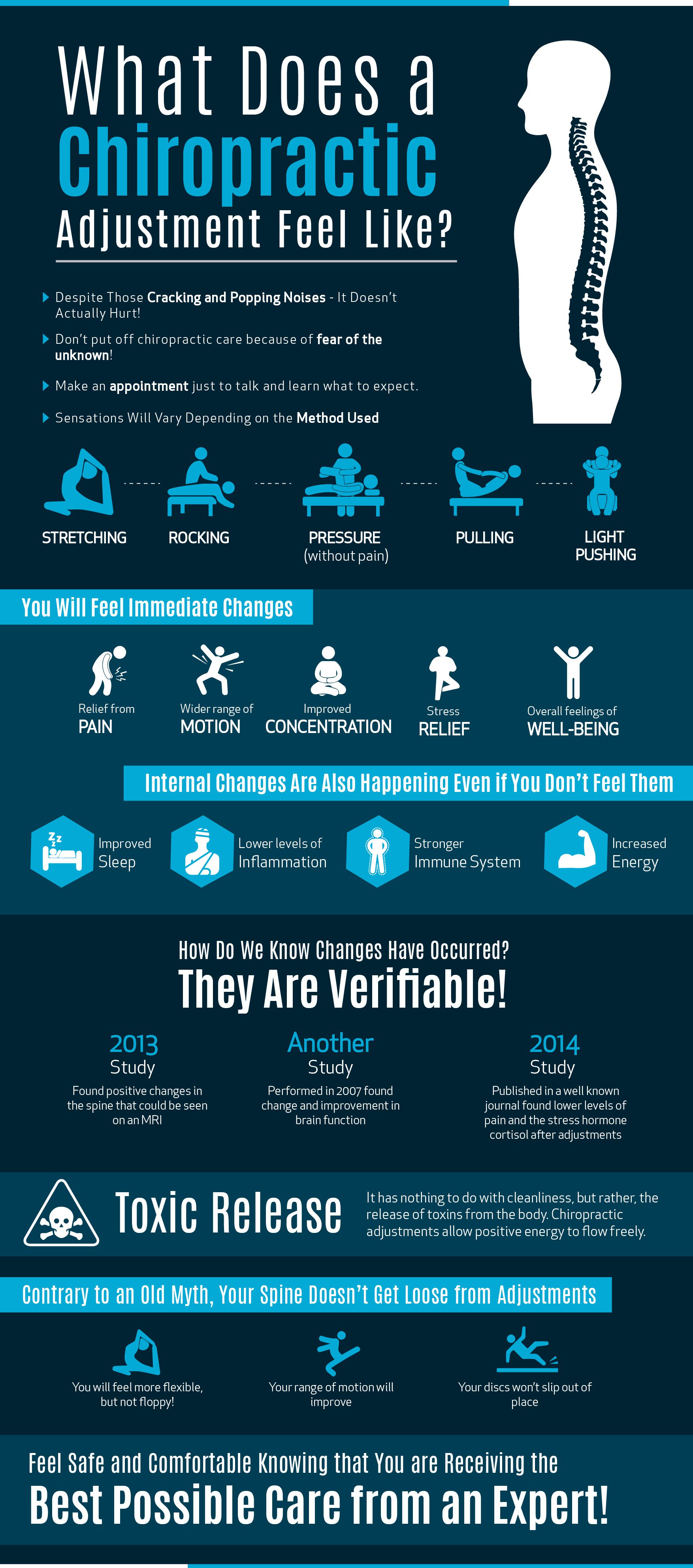The Effect Of Posture On Neck And Back Pain: Standards For Maintaining Good Placement Throughout Your Everyday Routine
The Effect Of Posture On Neck And Back Pain: Standards For Maintaining Good Placement Throughout Your Everyday Routine
Blog Article
Published By-Conway Ritchie
Maintaining proper pose isn't practically sitting up right; it's about straightening your body in a way that sustains your spine and minimizes the threat of pain in the back. Suggested Browsing sit, stand, and relocate throughout the day can dramatically impact your back health. However exactly how precisely can you guarantee excellent placement consistently, also throughout active days full of different activities? Let's dig deeper into the refined yet impactful adjustments you can make to your day-to-day regimen to maintain your back pleased and healthy and balanced.
Significance of Appropriate Pose
Correct pose is essential in maintaining a healthy back and preventing discomfort. When you rest or stand with excellent stance, your spine remains in placement, reducing stress on your muscles, tendons, and joints. This placement enables the body to distribute weight evenly, stopping excessive tension on specific areas that can cause pain and discomfort. By maintaining your spinal column appropriately lined up, you can additionally boost your breathing and digestion, as slouching can press organs and restrict their performance.
In addition, keeping good posture can boost your overall appearance and self-confidence. When you stand tall with your shoulders back and head held high, you emanate self-confidence and appear more approachable. Excellent posture can also make you feel more invigorated and sharp, as it advertises correct blood flow and allows your muscles to work efficiently.
Integrating proper stance right into your everyday routine, whether resting at a workdesk, strolling, or exercising, is necessary for stopping pain in the back and promoting overall health. Remember, https://www.verywellhealth.com/chiropractic-therapy-for-migraine-headache-4116849 in exactly how you hold on your own can make a considerable distinction in how you really feel and function throughout the day.
Common Postural Mistakes
When it comes to maintaining great pose, numerous individuals unwittingly make usual mistakes that can add to pain in the back and discomfort. One of the most widespread errors is slouching or hunching over while resting or standing. This position puts extreme pressure on the spine and can bring about muscle inequalities and pain in the long run.
One more common blunder is overarching the reduced back, which can flatten the natural curve of the spine and trigger pain. In addition, crossing legs while sitting might feel comfortable, yet it can create a discrepancy in the hips and pelvis, resulting in postural issues.
Making use of a pillow that's also soft or also firm while sleeping can also impact your placement and contribute to neck and back pain. Lastly, regularly craning your neck to consider screens or readjusting your setting often can stress the neck and shoulders. Being mindful of these common postural errors can help you maintain far better placement and lower the threat of neck and back pain.
Tips for Correcting Positioning
To enhance your positioning and reduce back pain, it's essential to concentrate on making small changes throughout your everyday regimen. Begin by being mindful of your position. When resting, ensure your feet are flat on the floor, your back is straight, and your shoulders are relaxed. Prevent slouching or leaning to one side. Usage ergonomic chairs or cushions to support your lower back.
When standing, disperse your weight equally on both feet, maintain your knees slightly bent, and embed your hips. Involve your core muscular tissues to support your spine. Take breaks to stretch and walk around if you have an inactive task. Include workouts that reinforce your core and back muscular tissues, such as planks or bridges.
While resting, make use of a cushion that supports the natural contour of your neck to keep proper spine alignment. Prevent sleeping on your stomach, as it can stress your neck and back. By being mindful of these tips and making small modifications, you can gradually remedy your placement and ease back pain.
Conclusion
Bear in mind, maintaining good stance is vital to stop pain in the back and promoting spinal health. By bearing in mind your alignment, dispersing weight uniformly, and involving your core muscular tissues, you can decrease strain on your back and decrease the risk of pain and injury. Include ergonomic support, take routine breaks to stretch, and strengthen your core and back muscle mass to preserve proper placement throughout the day. Your back will certainly thank you for it!
